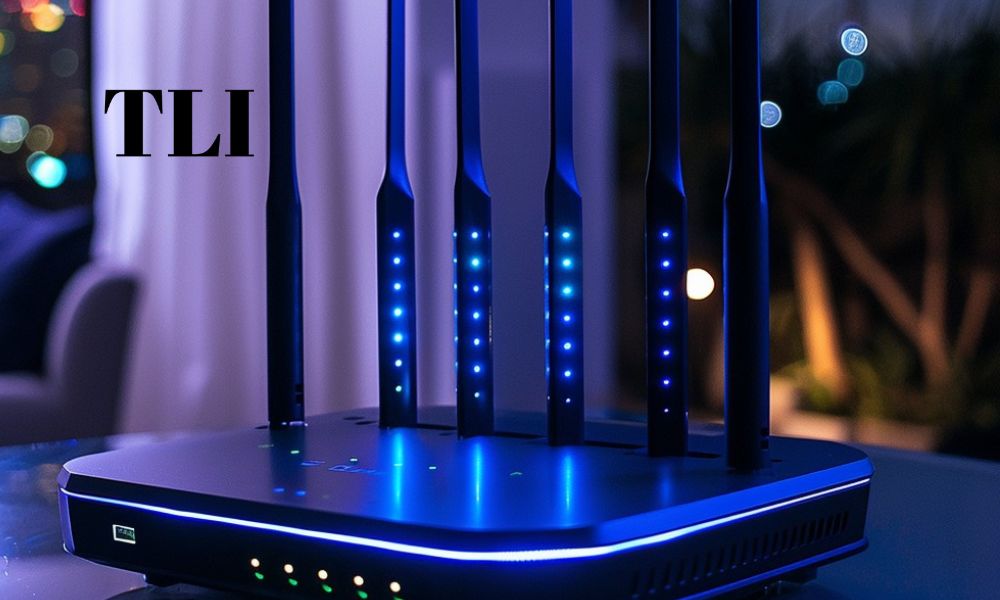The Future of Wi-Fi Technology: Wi-Fi 6, Mesh Networks, and Next-Generation Connectivity

Wi-Fi technology continues to evolve rapidly, with advancements poised to revolutionize connectivity in homes, businesses, and public spaces. Key innovations such as Wi-Fi 6 and mesh networks promise to deliver faster speeds, greater reliability, and enhanced network capacity, shaping the future of wireless communication.
Wi-Fi 6:
Wi-Fi 6, also known as 802.11ax, represents the next generation of Wi-Fi technology. It offers significant improvements over its predecessors, including higher data rates, increased capacity to handle multiple devices simultaneously, and improved performance in congested environments. By employing advanced techniques like Orthogonal Frequency Division Multiple Access (OFDMA) and MU-MIMO (Multi-User, Multiple Input, Multiple Output), Wi-Fi 6 optimizes spectrum efficiency and reduces latency, providing a smoother and more responsive user experience.
Mesh Networks:
Mesh networks are another transformative innovation in Wi-Fi technology. Unlike traditional single-router setups, mesh networks consist of multiple nodes that work together to create a seamless and expansive network coverage. These nodes communicate with each other to extend Wi-Fi signals throughout large areas, overcoming dead zones and ensuring consistent connectivity across homes or offices. Mesh networks improve reliability by automatically routing data through the most efficient path, enhancing performance even in complex environments.
Next-Generation Connectivity:
Looking forward, the future of Wi-Fi technology extends beyond traditional uses. Emerging applications such as Internet of Things (IoT), smart homes, and augmented reality (AR) demand robust and reliable connectivity. Wi-Fi 6 and mesh networks are well-suited to support these applications by providing faster speeds, lower latency, and improved security. This enables seamless integration of smart devices, real-time data streaming, and immersive digital experiences, driving innovation across industries.
Benefits and Adoption:
The adoption of Wi-Fi 6 and mesh networks offers numerous benefits to consumers and businesses alike. For consumers, it means faster internet speeds for streaming, gaming, and browsing, as well as enhanced connectivity for smart home devices. Businesses benefit from improved network performance, productivity gains, and cost savings through efficient use of network resources. Moreover, advancements in Wi-Fi technology contribute to economic growth, innovation in digital services, and improved quality of life.
Challenges and Considerations:
While the future of Wi-Fi technology is promising, challenges remain. Adoption rates, compatibility with existing devices, and the need for infrastructure upgrades pose implementation challenges. Moreover, ensuring network security and privacy protection becomes increasingly critical as connectivity expands. Addressing these challenges requires collaboration between technology providers, regulators, and consumers to establish standards, enhance security measures, and foster a sustainable Wi-Fi ecosystem.
In conclusion, Wi-Fi 6, mesh networks, and next-generation connectivity are poised to transform how we connect and interact in the digital age. By embracing these innovations, we can unlock new possibilities in communication, entertainment, and productivity, paving the way for a more connected and dynamic future.
